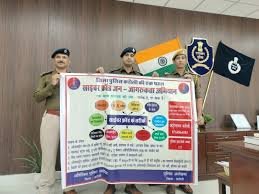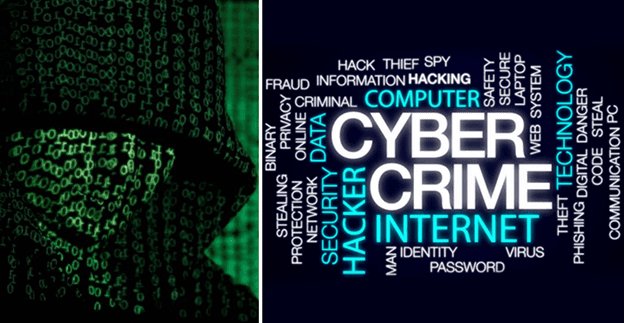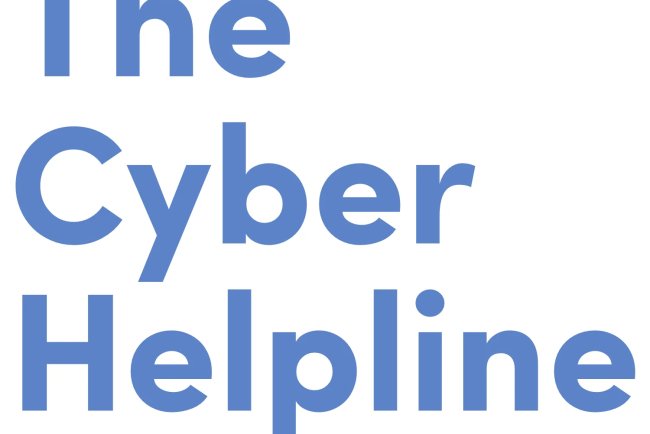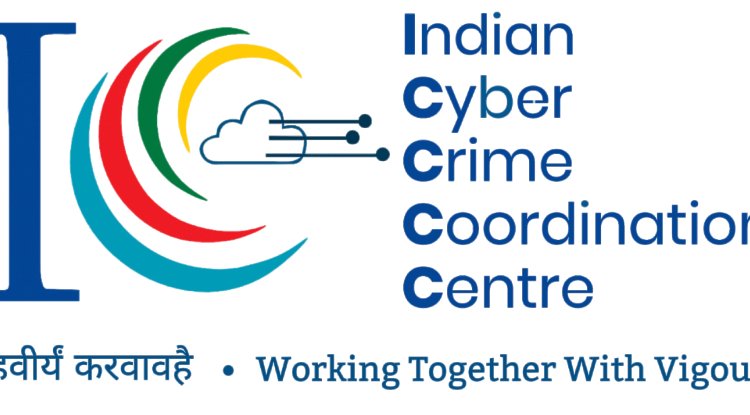The Great Welfare Scam Bust: Cyber Mafia Looting Pensioners & Farmers Taken Down
A massive multi-state cybercrime syndicate targeting pensioners, farmers, and welfare beneficiaries has been busted in India through a 70-team raid across 30 locations. This article explains how the scam operated, why vulnerable citizens were targeted, and what the crackdown means for data protection and cyber safety.
In one of the biggest coordinated cybercrime crackdowns of the year, law enforcement agencies in India busted a sophisticated syndicate that preyed on some of the country’s most vulnerable citizens — beneficiaries of government welfare schemes. Across 30 locations, more than 70 special police teams carried out simultaneous raids, leading to over 30 arrests and the seizure of digital infrastructure used for large-scale financial fraud.
But what looked like “just another cyber-fraud bust” was, in reality, a meticulously engineered operation that exposed deep vulnerabilities — not just in cyber hygiene, but also in citizen trust, digitisation practices, and the human layer of security around welfare delivery.
The Modus Operandi: How the Scam Worked
The syndicate operated like a corporate fraud machine — with roles divided into callers, data miners, technical handlers, money mules, and crypto-based fund movers. Their target group?
Old-age pensioners, PM-Kisan beneficiaries, Jan Dhan account holders, Ujjwala Yojana recipients, widows, and differently-abled individuals.
The scam followed a five-step playbook:
-
Data Harvesting
-
The gang procured leaked beneficiary databases from dark web markets or insiders.
-
Details included Aadhaar-linked numbers, scheme enrollment IDs, pension records, and bank linkage data.
-
-
Social Engineering
-
Fraudsters called victims posing as officials from government departments, banks, or CSC Seva Kendra representatives.
-
They claimed that beneficiary status would be discontinued unless “KYC” or “e-verification” was done.
-
-
Remote Access & OTP Theft
-
Using “service apps” such as AnyDesk/QuickSupport, they gained control of the victim’s phone.
-
OTPs were captured in live sessions.
-
-
Fund Diversion
-
Direct withdrawal or UPI redirection was executed.
-
Money was layered via multiple mule accounts to erase tracks.
-
-
Crypto Laundering
-
A portion was routed through offshore crypto exchanges.
-
Why Were Government Welfare Beneficiaries Easy Targets?
Because this group strongly relies on trust and fears losing benefits. Welfare-linked scams hit much deeper than financial fraud — they exploit livelihood dependency.
| Vulnerability | Impact |
|---|---|
| Low cyber awareness | People trust anyone claiming to represent the government |
| Fear of losing benefits | Victims comply quickly |
| Digital illiteracy | Easy to manipulate into remote access |
| Rural banking dependency | OTP-based scams are simpler |
These cases are not just about cybercrime — they are crimes of exploitation through psychological pressure.
The Enforcement Operation: How the Network Was Busted
This entire bust was the outcome of long-term digital surveillance, triangulation of IP clusters, and pattern tracing across mule account trails. The coordinated raids were executed across multiple states in one go — a hallmark of smart policing supported by cyber forensics.
Authorities recovered:
-
300+ SIM cards
-
150+ mobile devices
-
Fake CSC credentials
-
Bulk beneficiary datasets
-
Remote access malware scripts
-
Ledger books tied to mule account commissions
This confirms that cybercrime today functions like a full-fledged underground corporate ecosystem — not random individuals behind a screen.

The Legal Angle: Applicable Indian Laws
The offenders face charges under:
-
IT Act (Sections 66C, 66D) – Identity theft & cheating by impersonation using computers
-
IPC (Sections 419, 420) – Cheating & dishonesty
-
DPDPA 2023 – Unauthorised use of personal data
-
Money Laundering (PMLA) – For layered fund transfers
The inclusion of DPDPA here is significant — it signals that data misuse is no longer a technical violation but a criminal offence.
Lessons for Citizens: How to Stay Safe
✅ No government agency ever asks for OTP/KYC/remote access
✅ Scheme verification is done through offline camps or official portals only
✅ Never install apps for “seva kendra verification”
✅ Bank linkage corrections happen only at branches, not via phone calls
✅ Report immediately to 1930 (National Cyber Helpline)
Policy Takeaways: The Bigger Conversation
This crackdown highlights three urgent reform needs:
-
Data Security in Welfare Distribution
Beneficiary data must be stored using privacy-by-design frameworks.
Internal data leaks are often the real enabler. -
Citizen Cyber Awareness Built Into Welfare Delivery
Beneficiaries should not just get financial inclusion, but also digital safety inclusion. -
Faster Post-Fraud Recovery
The citizen grievance pipeline must integrate real-time bank locks across accounts — currently available only in pilot regions.
The Human Layer Behind Every Breach
This case is a reminder:
Cybercrime succeeds not because technology is smart, but because trust is exploited.
As India accelerates digital governance and DBT (Direct Benefit Transfer), we are not just building a financial pipeline — we are building a trust pipeline. And if trust is not protected, digital development becomes digital dependency, and dependency becomes exploitation.
Final Thoughts
This mega raid was not just a law enforcement success — it was a wake-up call. The intersection of cyber fraud and welfare schemes is going to be the next big battlefield in cyber policing. Protecting India’s most vulnerable also means protecting their data, identity, and trust.
India is digitising faster than it is educating citizens on digital safety — and this is where the gap invites crime.
This case proves that cybercrime today is not random — it is organized, data-driven, and psychologically engineered.
What's Your Reaction?
























